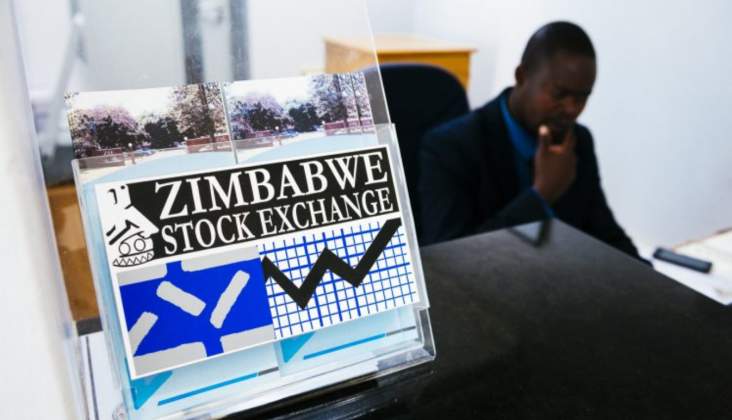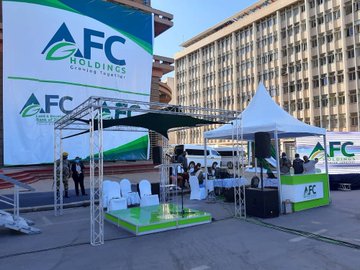AFC Commercial Bank profit jumps 1 086pc
AFC Commercial Bank (formerly Agribank)’s untaxed profit vaulted 1086 percent to $569 million (historical terms) in the year to December 2020, on improved revenue from electronic banking and growth in the loan book.
The stellar performance saw the bank declare a $191,6 million dividend for the financial year ended 31 December 2020.
This dividend underlines the bank being one of the few best performing parastatals that continue to give a return on the shareholder.
Net interest income grew by 790 percent to $281.8 million from $31.7 million in historical cost terms. The lending portfolio increased during the period under review reflecting expansion in support of the agriculture sector.
“The bank’s lending portfolio increased by 632 percent from $268.4 million to $2 billion as it continues to pursue cautious asset growth with asset quality being a key priority,” the bank said in a statement on Tuesday.
Non-interest income increased remarkably by 802 percent in historical cost terms to $496.3 million from $54.9 million achieved in the prior year.
This growth was on the back of increased transactional volumes on digital banking platforms, supported by increased investment in digital infrastructure.
Total income from e-channels and Point of Sale (POS) machines accounted for 40 percent of total non-interest income. This remains an area of growth for the bank.
Other operating income increased by 1 232 percent in historical cost terms to $657.9 million from $49.4 million achieved in the prior year.
Growth in other income was mainly driven by foreign currency fair valuation gains and fair valuation gains on investment properties and unquoted equities.
Total operating income amounted to $1.4 billion in historical cost terms representing a growth of 877 percent over the previous year.
The inflation adjusted operating income closed the year to December 2020 at $1.994 billion compared to $1.396 billion in 2019. The inflation-adjusted profit before tax for 2020 was $238.9 million from a loss of $1.854 billion loss in 2019.
For the period January to May 2021, the bank recorded a net profit of $308 million, way above budget. The performance was mainly driven by significant growth in loan book hence more interest and similar income.
The bank said total operating expenditure for the year amounted to $747.2 million in historical cost terms representing an annual growth of 753 percent over the previous year.
“The Covid-19 pandemic created a new normal of extraordinary cost pressures for the Bank in 2020.
“The 2020 Covid-19 pandemic required the bank to refocus its resources in the short term, but the Bank’s main priorities continued to drive activities,” the bank said.
While costs increased, the bank’s cost to income ratio further improved to 53 percent from 61 percent the previous year.
The staff cost to income ratio for the year was maintained at 22 percent compared to prior year.
AFC said the bank therefore surpassed the Shareholder target of 30 percent for State Owned Enterprises. Sustained cost containment also helped the Bank to achieve profitability.
The bank’s statement of financial position at $8.7 billion in historical cost terms recorded a significant 472 percent growth in assets compared to prior year.
This growth is underpinned by continued customer support, which is a testimony to the continued consolidation of the AFC brand on the market.
Non-performing loans were down to 1.38 percent as at 31 December 2020 from 3.70 percent as at 31 December 2019.
Deposits from customers closed the year at $3.6 billion representing an increase of 526 percent from 2019 in historic terms.
The liquidity ratio closed the year at 60 percent and well above the Reserve Bank of Zimbabwe (RBZ) regulatory minimum requirement of 30 percent, confirming the bank institution’s strong liquidity management.
Gross loans and advances were $4,1 billion in the interim to May 2021 was about 100 percent above the December 2020 position.
The loan to deposit ratio was 67.4 percent as at 31 May 2021 against a budget of 49.1 percent and compared to 31 December 2020 industry average of 39.5 percent as per the RBZ’s Monetary Policy Statement of February 2021.
Core capital in historic terms currently stands at $602.7 million, well in excess of the $25 million minimum capital requirement set by the RBZ, in pursuit of US$30 million equivalent for Tier 1 banks by 31 December 2021.-herald.clz.w











